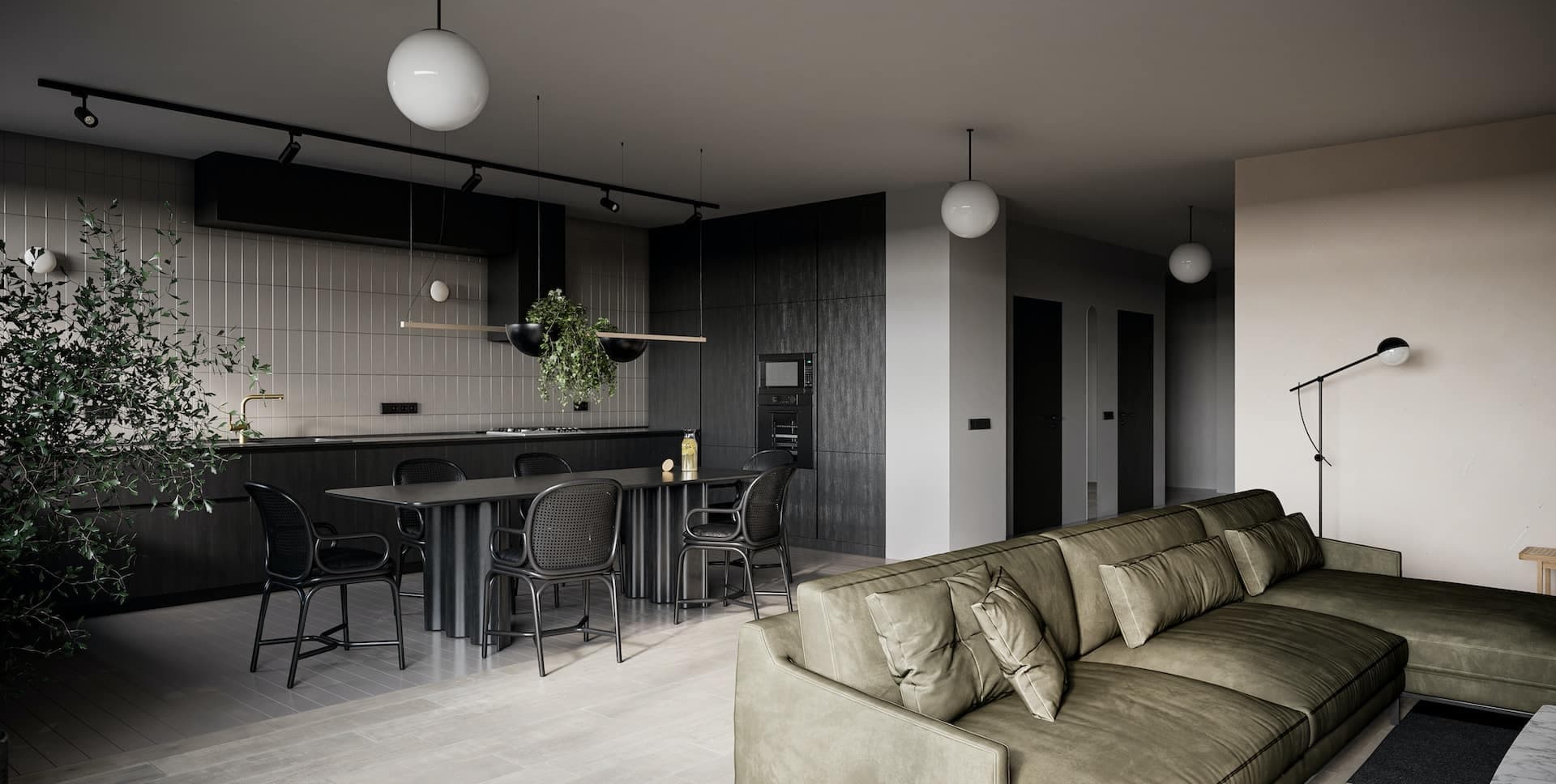Kilburn is divided between three London Boroughs: most of Kilburn is in Brent or Camden, but a small part is in Westminster. The main thoroughfare running Northwest-Southeast is Kilburn High Road, part of the modern A5 road which forms the boundary between the boroughs of Brent and Camden. The road dates back to pre-Roman times and is part of the Roman road known as Watling Street. The town of Kilburn has its origins in a 12th century priory on the banks of the Kilburn Brook. Kilburn today is a busy and multicultural district.

The name Kilburn was first recorded in 1134 as Cuneburna, referring to the priory which had been built on the site of the cell of a hermit known as Godwyn. Godwyn had built his hermitage by the Kilburn river during the reign on Henry I, and both his hermitage and the priory took their name from the river. Kilburn Priory was a small community of nuns, probably Augustinian canonesses. It was found in 1134 at the Kilburn River crossing on Watling Street (the modern-day junction of Kilburn High Road and Belsize Road). Kilburn Priory’s position on Watling Street meant that it became a popular resting point for pilgrims heading for the shrines at St Albans and Willesden. The Priory was dissolved in 1536-7 by Henry VIII, and nothing remains of it today.
Between 1839 and 1856 the newsagent and future First Lord of the Admiralty William Henry Smith lived in a house to the west of Kilburn High Road. Much of the area was developed in the last decades of the nineteenth century by Solomon Barnett, who named many of the streets after places in the West Country (e.g. Torbay) or after popular poets of the day (e.g. Tennyson) in honour of his wife.
Running roughly north-west to south-east, it forms the boundary between the London boroughs of Camden to the east and Brent to the west. It is the section of the Edgware Road (itself part of the A5) between Shoot Up Hill and Maida Vale.
There are three railway stations on Kilburn High Road: Kilburn tube station (Jubilee Line) at its northern end and a little to the south Brondesbury station (London Overground on the North London Line). Approximately 1.25km (nearly a mile) further south is Kilburn High Road station (also London Overground, on the Watford DC Line). Kilburn Park tube station, on the Bakerloo Line, lies a little west of the southern end of the High Road.
